Bill Frisell’s Tele-Portation: 'Guitar in The Space Age'!
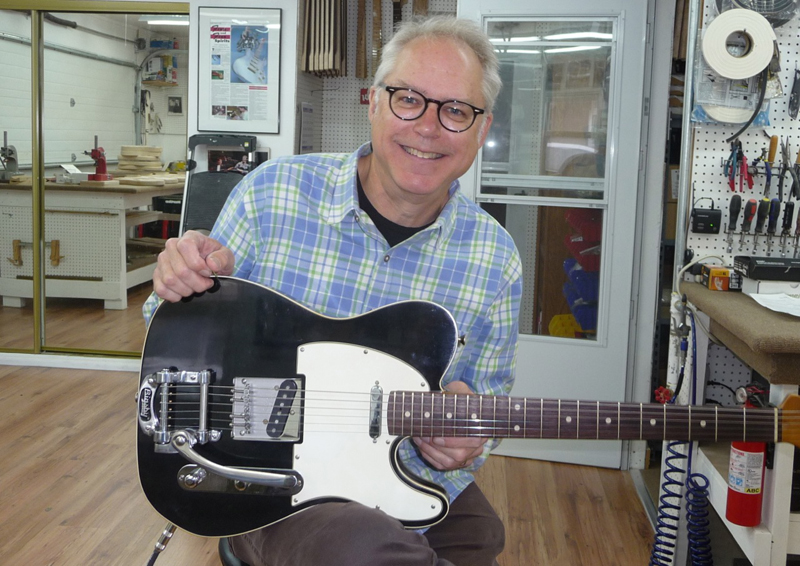
"To you I shall put an end, then you'll never hear surf music again." — Jimi Hendrix, “Third Stone From The Sun”
Oh, Jimi … you would’ve loved this. Surf music? I’ll say! Straight from the valleys of Neptune.
With Guitar In The Space Age!, Bill Frisell and his talented friends (drummer Kenny Wolleson, bassist Tony Scherr and fellow string wizard Greg Leisz) turn the collars up on their pressurized black leather space suits and head back to the future.
The controls are set for the tunes of Frisell’s youth; the quartet’s sonic filters process the music and turn it into something very familiar and very new. As soft-spoken as Frisell is in conversation, he’s some kind of fearless adventurer with a guitar in his hands.
There’s funked-up blues (“Messin’ with the Kid”), there’s Brylcreemed sneer (“Rumble”), there’s classic twangorama (“Rebel Rouser”) and happy burble (“Cannonball Rag”). But as recognizable as it all is, there’s plenty of new ground broken as well.
Consider the band’s take on the Kinks’ “Tired of Waiting for You”; the original melody is offered up gently and wistfully … slightly psychedelicized, but straight enough for church. And then things begin to get a little glazey-eyed about three-and-a-half minutes in, wandering way off into the field of flowers as Wolleson and Scherr slo-roll-and-tumble their way along and Frisell and Leisz explore the inner soul of a tie-dyed raga.
Sure, you’ve heard “Turn, Turn, Turn,” “Surfer Girl” and “Telstar” before, but you’ve never heard them quite like this. Amongst the classics are two newly penned Frisell originals — “The Shortest Day” and “Liftoff” — totally kindred spirits.
Get The Pick Newsletter
All the latest guitar news, interviews, lessons, reviews, deals and more, direct to your inbox!
And you know what the coolest thing of all might be? Frisell covers all this wild-ass sonic territory with a very humble and familiar vehicle … but I’ll let him tell you about it.
GUITAR WORLD: I’m pretty sure I already know the answer to this, but I want to hear the story from you. Folks might listen to this album and expect that you used an arsenal of guitars for all the ground you cover, but …
Yeah … [laughs] I ended up playing just one guitar for the whole thing. It's a Telecaster made by J.W. Black. I can't remember if I’ve told you about him before, but I met him a long time ago. He used to work for Roger Sadowsky in New York back in the Eighties, before moving out to California. He was around in the early days of the Fender Custom Shop … one of the first guys who made those relic guitars, you know? J.’s incredible … his knowledge of Fender stuff is outrageous. He’s restored many, many Fifties and Sixties vintage guitars, and I don’t think I’ve ever met anybody who knows them inside and out the way he does.
When he puts something together, it's like you’re getting to play one of those real old guitars … but everything is working right. [laughter]
J only builds for customers in Japan these days, but I’m very fortunate to have a few guitars he’s put together. The Tele I used on this album is special because it has a Bigsby vibrato on it, which is so great for this kind of music. And it has a bridge that’s made by a guy named John Woodland.
Oh, Woody. The Mastery bridge, right?
You know about them?
I put a Mastery bridge on my Esquire last year after you mentioned it to me.
Oh, cool! [laughs] I’d forgotten we’d talked about it.
It was the same thing; it seemed like the perfect bridge to try after I installed a Bigsby.
Yeah, exactly. Woody makes a Tele bridge with the Mastery saddles on it that’s open in the back so it works with the Bigsby. It’s great.
How about pickups?
Those came from a guy named Jeff Callahan in Eureka, California — Callahan Pickups. He was another guy J. hooked me up with. I’m really liking Jeff’s pickups. I have them in this Tele, and I have some in a Strat, too.
That came from this super-luxurious situation … [laughs] I went to J. Black’s place, and he had this guitar set up so I could switch out the pickups. He’d made it so that he could just slide the pickguards in and out. I tried about eight different Strat pickups that day. It was a total blind test. I didn't know what I was listening to or anything … just a couple hours of going back and forth and trying to figure out which ones I liked. The Callahan pickups just stood out like crazy.
You know … J., Woody, Jeff … I’m so lucky to know people like that.
How about amps on this album?
I had this one amp that I really like. It’s an old Gibson … oh, boy … I think it's called an Explorer. It’s real low power and one 10-inch speaker. I used that and a Carr Mercury that was in the studio. That was the thing: we recorded it in Portland, Oregon. Usually I can't even use my own amps and stuff.
You were home, then … almost. [Bill lives in Seattle.]
Yeah, almost. [laughs] It was weird, because usually it would be, “Now’s my chance,” you know — fill my car with guitars. But this time I ended up with just that Tele.
I love it. I’m a longtime champion of the versatility of the Telecaster and the Esquire … both of which are often labeled as limited in their sound.
That’s true.
And Greg was on a beautiful old Jazzmaster?
Yeah, he played that through the whole thing, along with pedal steel on some stuff. He played a 12-string on one song … I’m trying to think …
Oh, Lord, it had to be “Turn, Turn, Turn,” didn't it?
Yeah, just a little part in there.
Before I heard it for the first time, I wondered what the guitar voice would be on that song. The obvious was a take on Roger McGuinn’s 12-string Rick jangle, but you had very little of that.
There’s not many overdubs on the record; 99 percent of what you hear is just the four of us playing, but Greg did overdub the 12-string in a few places. It’s the only part of the record that was done in the computer age. [laughter] Some of what you hear on “Turn, Turn, Turn," though, is just our two guitars — his Jazzmaster and my Tele together.
Undoubtedly you’ve burrowed into some of these songs over the years, but were there ones that you’d never actually played before?
That was part of the thing about it: when I think back to when I first heard that music, I think, “Wait a minute. Between, say, 1963 and 1968 — a five-year period — the amount of music I was moving through and moving past … wow.” [laughs] I mean, like, going from the Ventures to Miles Davis in five years … there’s no way I could play all of those songs.
I kind of played some of it, but I had barely figured out how to push down the strings and then I’d be moving onto something else … push it away and move on to the next thing … really quickly.
So now it’s like, “Oh, wait a minute — I want to look harder at this stuff that got me going in the beginning.” Like “Pipeline” … or “Baha” by the Astronauts? Those were songs that got me super fired up about the guitar way, way back — and I could never play them then.
Now I’m trying to play “Baha,” going “Whoa, whoa, wait a second … this is a lot harder than I thought it was.” That happened with a lot of these songs.
When I did the John Lennon album, that was another revelation: “Wait a minute … I don't know these songs at all.” There’s all kinds of stuff in there that you start uncovering and, man …
I think that’s the same thing with, say, Duane Eddy’s playing. You listen to “Rebel Rouser” and, on the surface, I think some folks think it’s relatively simple. But it's the tone and phrasing … not a million-notes-a-minute.
Yeah, there’s so much more than just whatever the notes are. And we didn't even do “Rebel Rouser” the way Duane Eddy does it; he’s changing keys every time through and we didn't do that. [laughs] That would’ve made it way harder. [laughter]
There’s so much in this music. For me, it just keeps on going and going and going …
A former offshore lobsterman, Brian Robbins had to wait a good four decades or so to write about the stuff he wanted to when he was 15. Today he’s a freelance scribe, cartoonist, photographer and musician. His home on the worldwide inner tube is at brian-robbins.com (And there’s that Facebook thing too.)
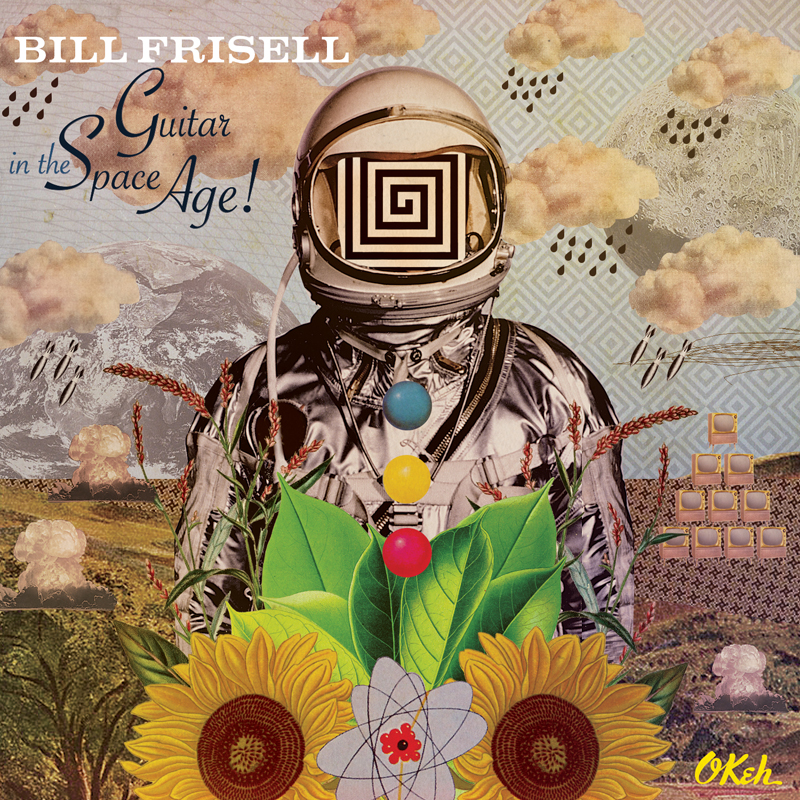
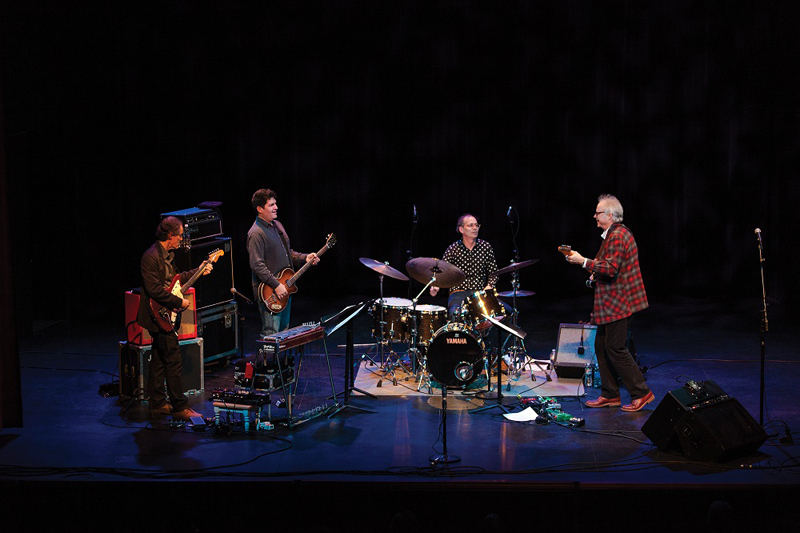
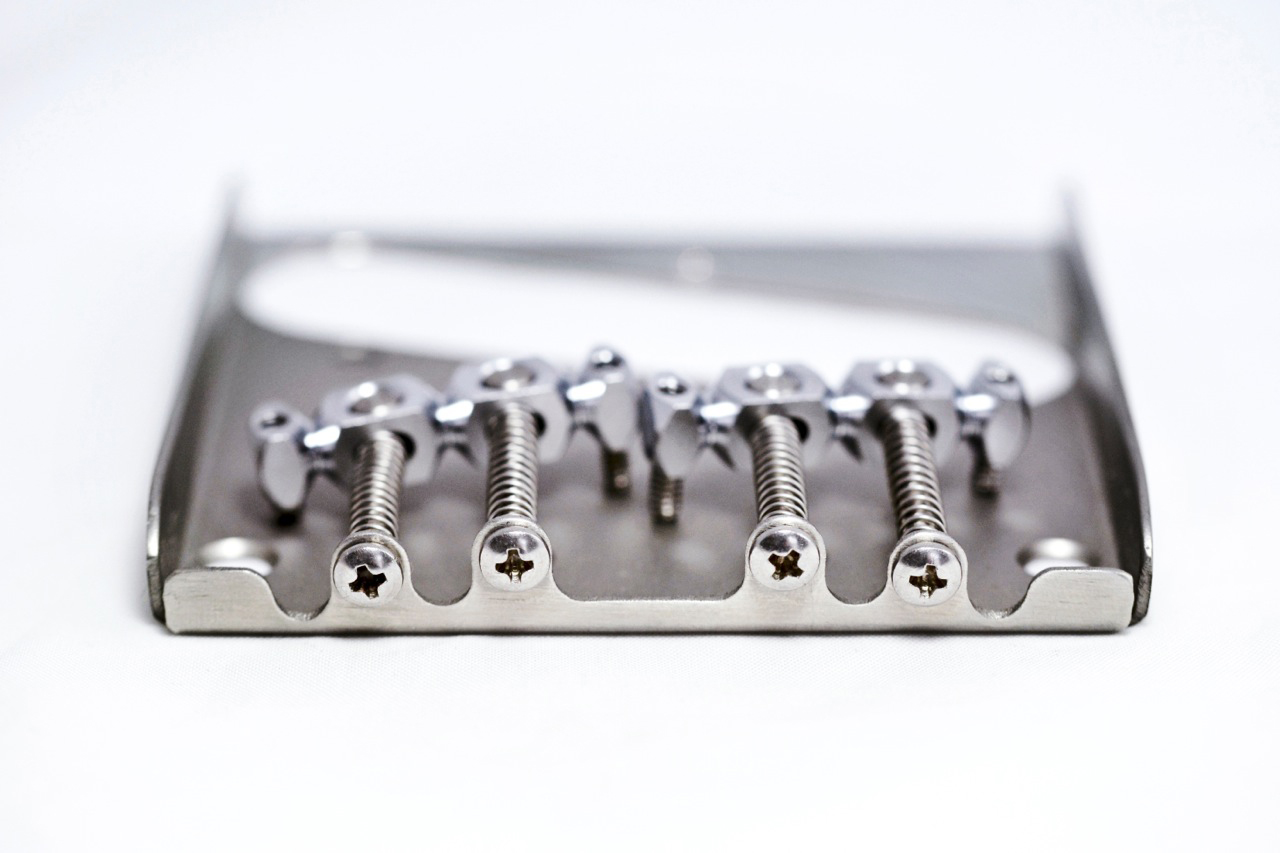
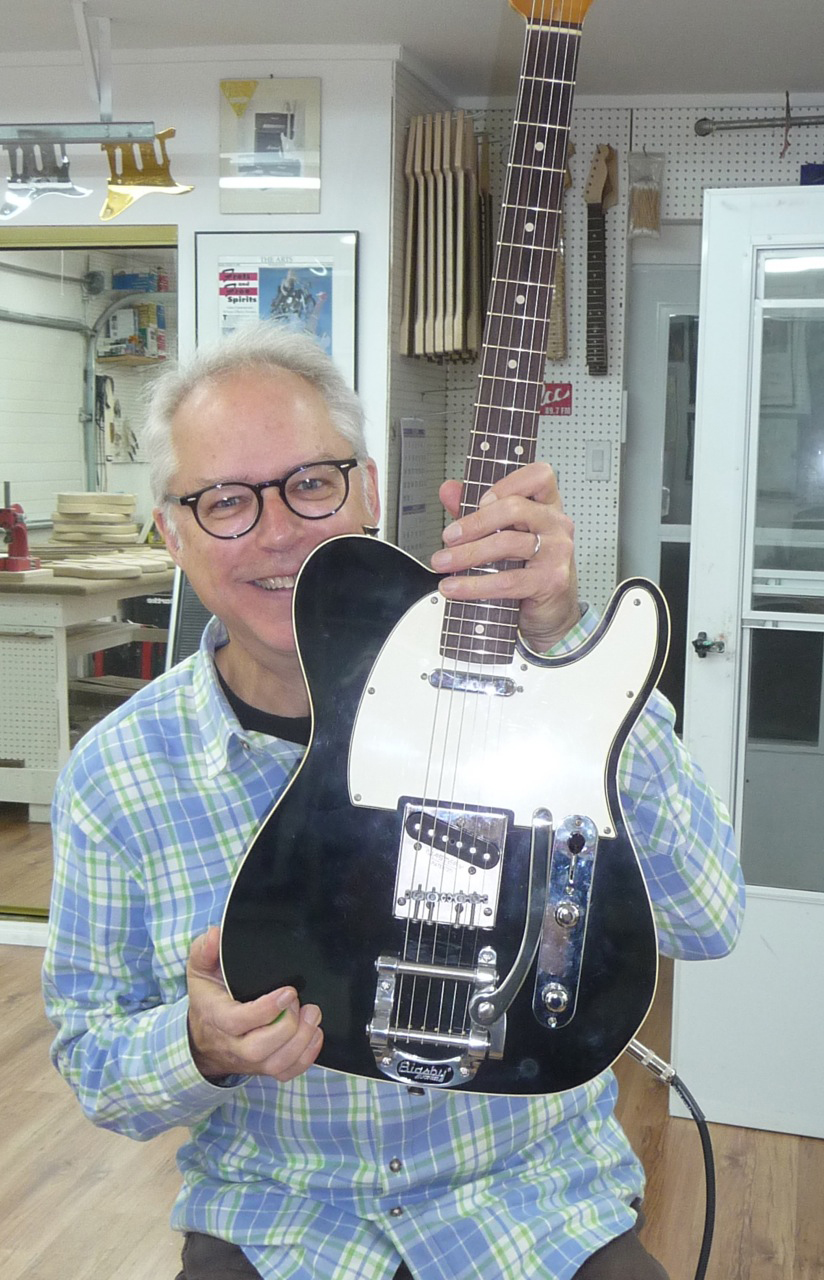
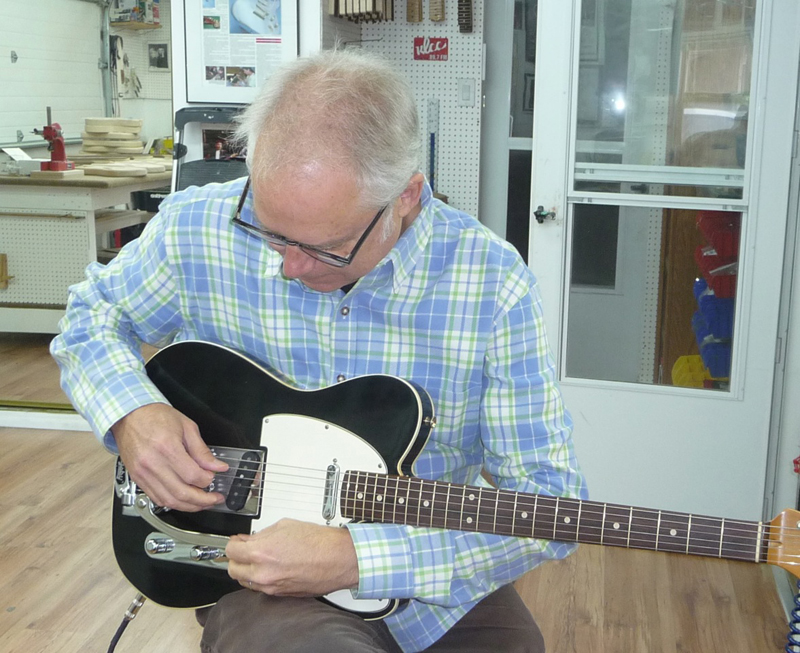
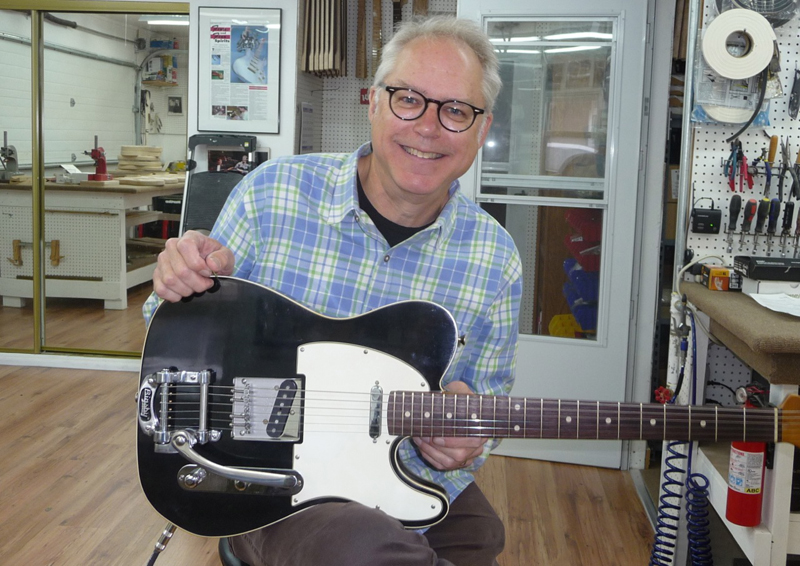
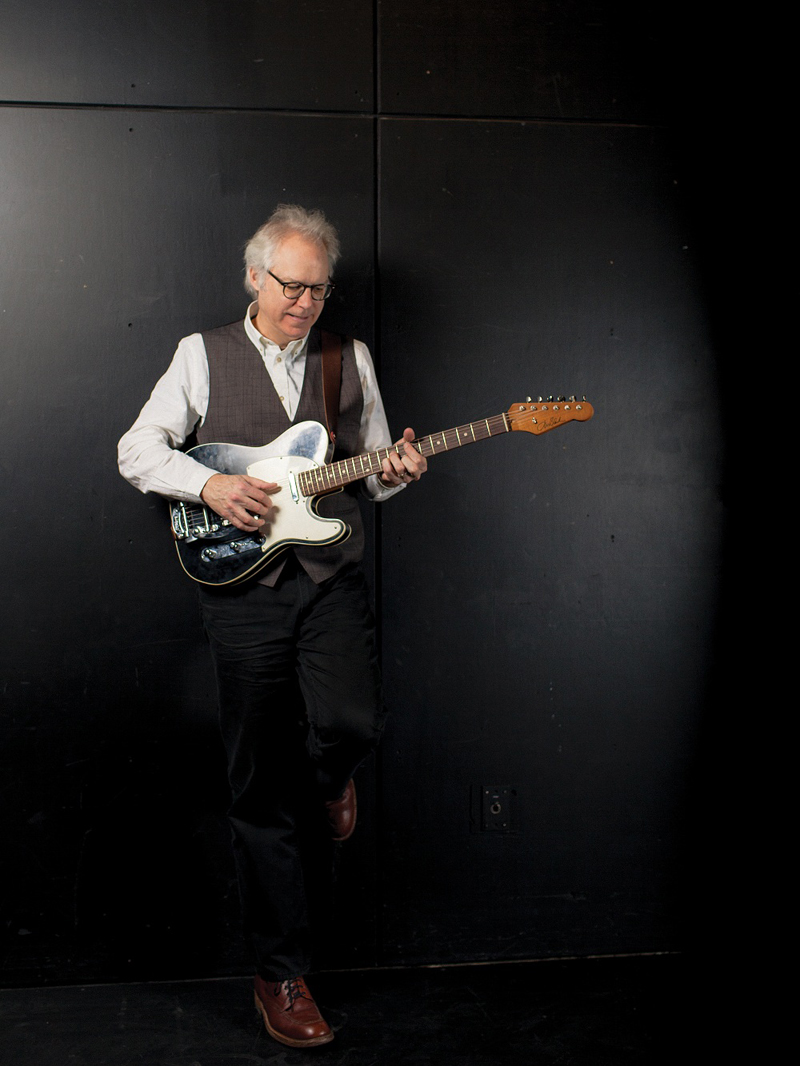
“I knew the spirit of the Alice Cooper group was back – what we were making was very much an album that could’ve been in the '70s”: Original Alice Cooper lineup reunites after more than 50 years – and announces brand-new album
“Such a rare piece”: Dave Navarro has chosen the guitar he’s using to record his first post-Jane’s Addiction material – and it’s a historic build




![[from left] George Harrison with his Gretsch Country Gentleman, Norman Harris of Norman's Rare Guitars holds a gold-top Les Paul, John Fogerty with his legendary 1969 Rickenbacker](https://cdn.mos.cms.futurecdn.net/TuH3nuhn9etqjdn5sy4ntW.jpg)





